The Fourth of July commemorates the United States declaring its independence from Britain, but the Revolutionary War did not win freedom for all Americans. The 10 activists and religious leaders below are just a handful of people throughout American history who spent their lives working to extend freedom to all. The liberty to worship, vote, love and pursue happiness are rights that had to be fought for and won ― and we are by no means done with the struggle.
As we celebrate the Fourth of July this year, we honor the fearless individuals who turned to faith to advocate for freedom for all people.
Roger Williams
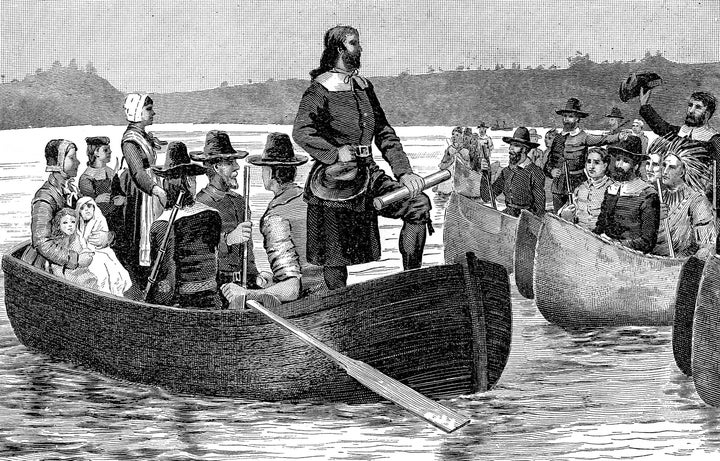
Although born in England in 1603, Roger Williams lived almost his entire adult life in the American colonies. A deeply spiritual man who started the first Baptist church in America in 1638, he founded the colony of Providence Plantation on the premise of religious freedom, envisioning it as a refuge for religious minorities.
Williams may have been partly inspired by his close relationship with New England Native Americans, having learned the Algonquin language and engaged in trade with the Narragansett and the Wampanoag tribes. A staunch advocate for Native American land rights, Williams believed that there were no inherent differences between Native Americans and Englishmen, and that all should be respected and treated as equals.
Richard Allen
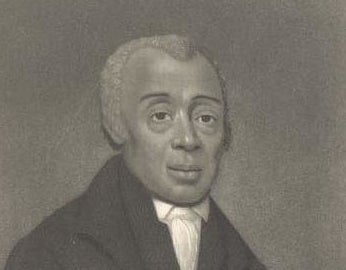
Richard Allen was born a slave in Philadelphia in 1760. He became a Christian at the age of 17 after hearing a white Methodist minister preach against slavery. The experience was so powerful that he later wrote, “My dungeon shook, my chains flew off, and glory to God, I cried. My soul was filled.” He purchased his freedom for $2,000 and started preaching to white and black congregants in South Carolina, New York, Maryland, Delaware and Pennsylvania. He became an assistant minister at St. George's Methodist Episcopal Church in Pennsylvania. It was a racially mixed congregation, but discrimination still persisted. As more black converts were drawn to the church by Allen’s preaching, the white ministers and parishioners of the church began to act with hostility toward them -- at one point pulling praying members off their knees in the middle of a service.
With the help of other leaders in the community, Allen raised the funds needed to purchase a plot of land so that black Methodists could worship freely. That congregation, now known as Mother Bethel African Methodist Episcopal Church, became the mother church of the first independent black denomination in America.
Lucretia Mott
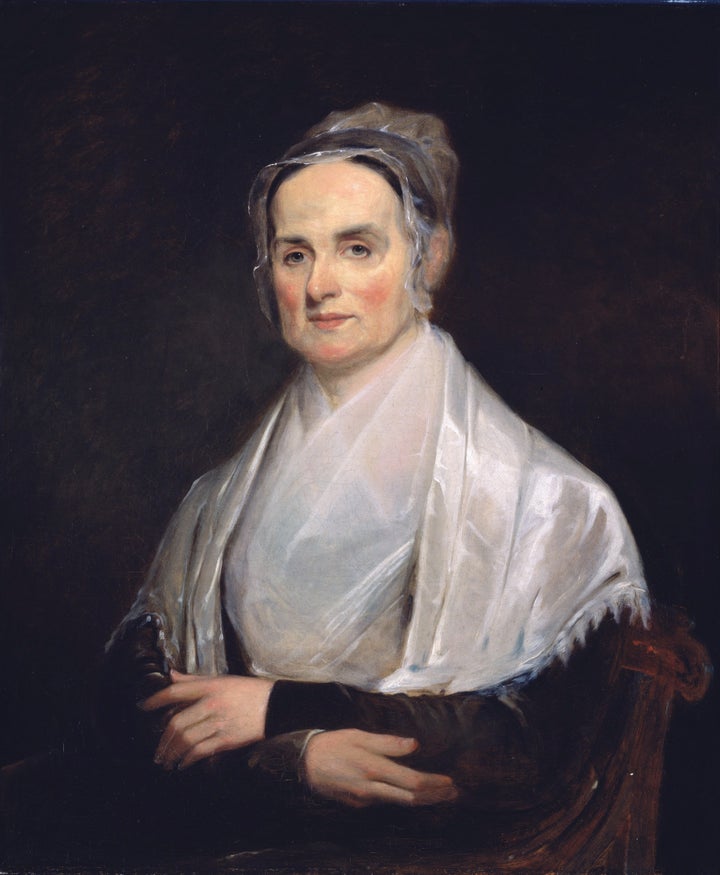
It is hard to imagine there was a time in American history when women were not free to vote, and couldn't even do what they wished with their own property. Lucretia Mott, born in 1793, was among the brave Americans who fought for women’s rights, drawing from her Quaker faith to argue that all people are created equal in the eyes of God. Mott was one of five women who organized the landmark Seneca Falls Convention in 1848, which drew roughly 300 people to address the need for women’s civil rights.
In addition to her role in the women’s rights movement, Mott spent much of her life fighting for abolition, and in 1833 organized the Philadelphia Female Anti-Slavery Society with roughly 30 other women. Mott did not live long enough to see women win the right to vote in America, and she was already in her 70s when slavery ended in this country. But her efforts set a precedent for religiously inspired civil rights activism that would resonate for generations to come.
Sojourner Truth
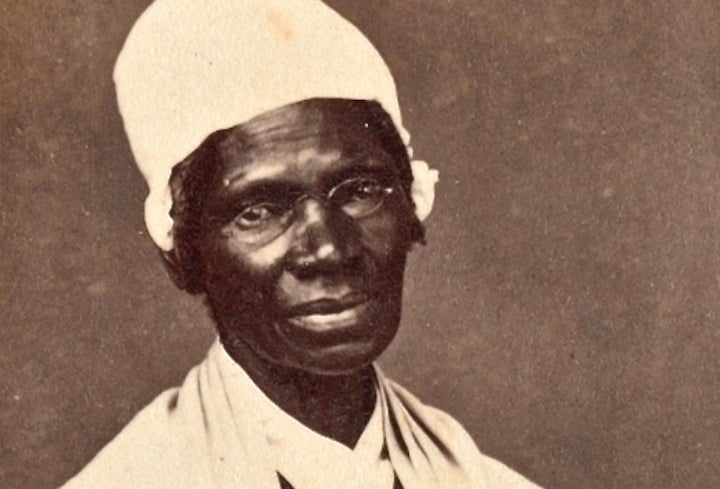
Sojourner Truth is best known for being one of the most prominent 19th century leaders fighting against slavery and fighting for women’s rights and human rights. She fought for freedom for all people because she herself was born a slave and did not experience freedom until she was 30 years old. Truth was a deeply spiritual person, having experienced a vision of Jesus that inspired her to become a preacher. In her iconic “Ain’t I A Woman” speech at the 1851 Women's Rights Convention in Akron, Ohio, Truth used her faith to argue for women’s equality, saying:
“That little man in black there, he says women can't have as much rights as men, 'cause Christ wasn't a woman! Where did your Christ come from? Where did your Christ come from? From God and a woman! Man had nothing to do with Him.”
Sitting Bull
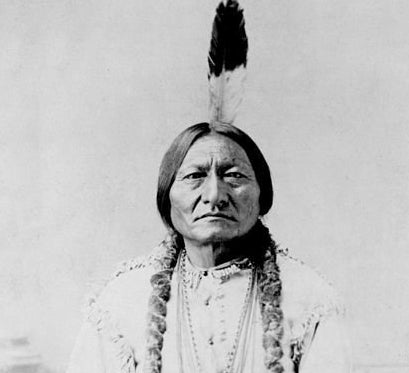
Sitting Bull, also known as Tatanka-Iyotanka, was a Hunkpapa Lakota chief and a holy man who bravely fought to preserve his people’s way of life, despite facing hostility from the United States government. The Fort Laramie Treaty of 1868 officially prevented whites from settling the Black Hills of Dakota Territory, which many Native American tribes considered sacred. But the treaty was set aside after gold was discovered in the area. Fortune seekers began rushing in, and the government attempted to purchase the land. When the tribes refused to give up their sacred space, the government demanded that all Lakota in the area resettle into reservations.
True to his name, Sitting Bull wouldn’t budge. Instead, he called neighboring tribes to his camp and led them in a sun dance ritual dedicated to the Great Spirit. It was during this ritual that he saw a vision predicting that he would triumph over the white soldiers. Sitting Bull went on to wipe out Gen. George Custer’s troops during the Battle of Little Bighorn in 1876. It would take several more years before the chief surrendered to the U.S. Even then, he did so begrudgingly, saying, “I wish it to be remembered that I was the last man of my tribe to surrender my rifle.”
Dalip Singh Saund
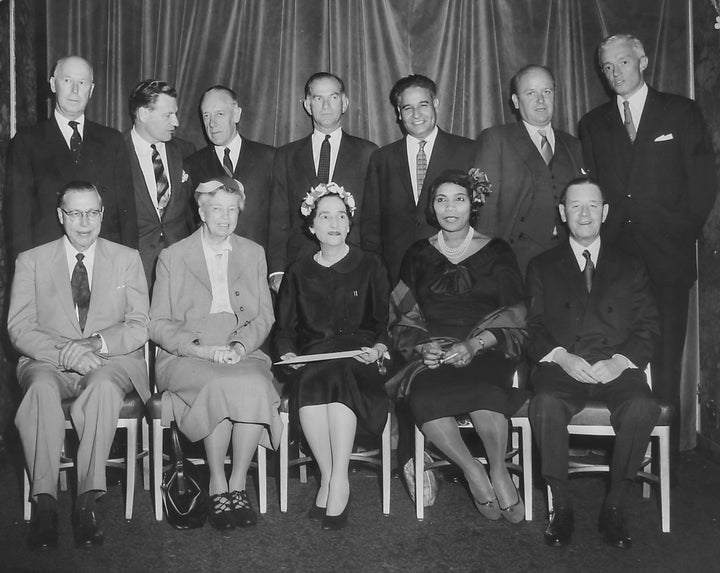
Dalip Singh Saund was the first South Asian American elected to Congress. Born in 1899 to a Sikh Indian family, Saund came to America in 1920 to study at the University of California. He reportedly removed his turban soon afterwards, but stayed deeply connected to his religion. In his autobiography, he wrote, “My religion teaches me that love and service to fellow men are the road to earthly bliss and spiritual salvation.”
For years, he was frustrated by the fact that his ethnicity barred him from becoming an American citizen. He organized a coalition to fight against this rule, which eventually led to the Luce-Celler Act of 1946 and opened citizenship up to immigrants of South Asian descent. In 1949, Saund become a citizen himself. Soon after, he was elected as a local judge. He went on to serve three terms in the U.S. House of Representatives.
Rabbi Abraham Joshua Heschel
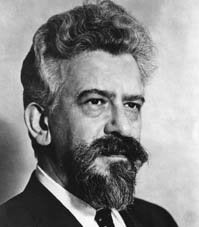
Human rights activism was deeply embedded in the life, history and spiritual philosophy of Rabbi Abraham Joshua Heschel. Born in Warsaw, Poland in 1907, Heschel lived through the rise of the Nazis and narrowly escaped the horrors of the Holocaust by fleeing to London in 1939 and later arriving in New York City. By the time he entered the Civil Rights movement, Heschel had already established himself as a professor of ethics and Jewish mysticism and had what his daughter, Susanna Heschel, called “a heightened sensitivity to the suffering of all people.”
After marching alongside Martin Luther King Jr. at the 1965 Selma march, Heschel famously remarked: “Even without words, our march was worship. I felt my legs were praying.” Fighting for the rights of all people ― as he did in the Civil Rights and anti-war movements ― was a key component of Heschel’s faith. As his daughter Susanna wrote: “He said [the Selma march] reminded him of the message of the prophets, whose primary concern was social injustice, and of his Hasidic forebears, for whom compassion for the suffering of other people defined a religious person.”
Yuri Kochiyama
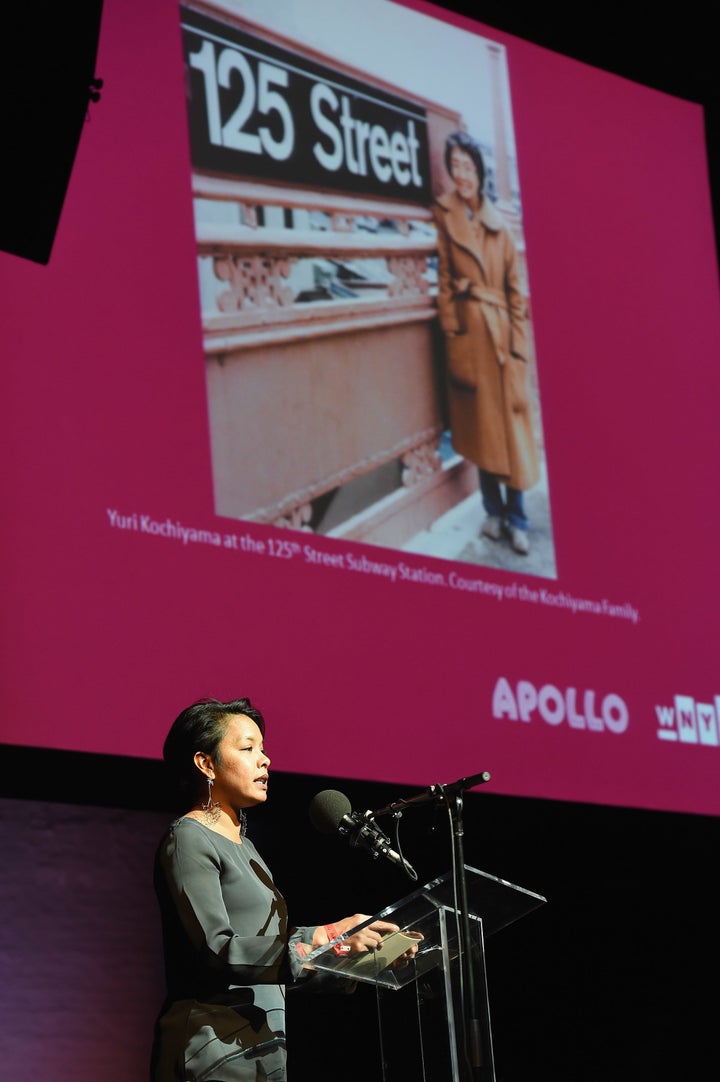
Yuri Kochiyama was a visionary whose activism crossed racial boundaries. Born in 1921, Kochiyama lived a typical suburban American life, excelling in high school and becoming a Sunday school teacher at a California church. Her political awakening came during World War II, when she was sent to an internment camp with her family. Kochiyama spent the rest of her life fighting for the rights of poor blacks, Latinos and Asian Americans. She campaigned against the Vietnam War and advocated for the rights of prison inmates.
Activist Deepa Iyer wrote that Kochiyama’s “life and legacy is a reminder to Asian Americans and to all those who believe in social justice, of a basic value: To show up whenever and wherever injustice occurs and to engage in acts of resistance and solidarity.”
Malcolm X
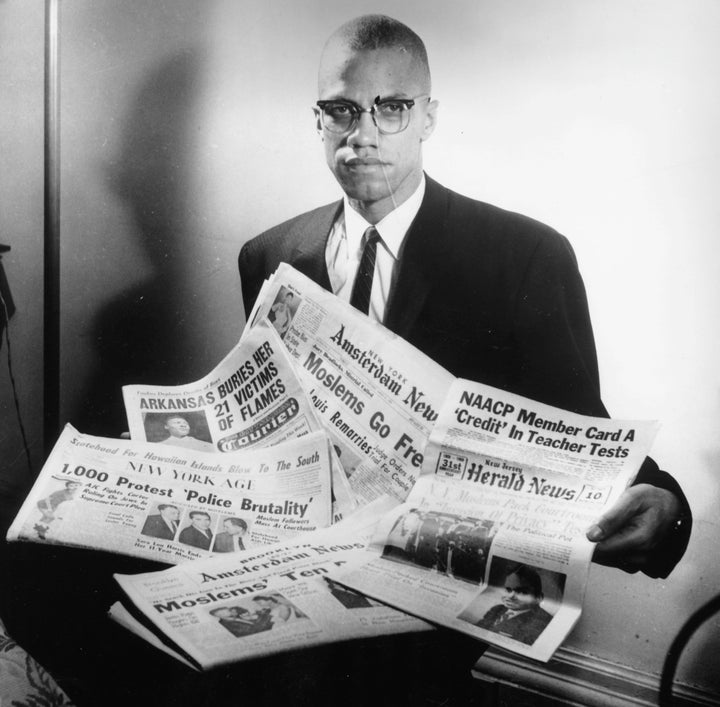
Born in Omaha, Nebraska, in 1925, Malcolm X emerged as a prominent leader of the Nation of Islam, promoting black nationalism and challenging racial integration as the goal of the Civil Rights movement. He broke from the Nation of Islam in 1964 but remained committed to religious life as a vehicle for human rights activism. While on the hajj pilgrimage in Mecca, he wrote a letter remarking on the “spirit of true brotherhood” he had witnessed.
“There were tens of thousands of pilgrims, from all over the world,” he wrote. “They were of all colors, from blue-eyed blondes to black-skinned Africans. But we were all participating in the same ritual, displaying a spirit of unity and brotherhood that my experiences in America had led me to believe never could exist between the white and non-white.”
Malcolm had a deep compassion for humanity that carried him around the country preaching equality, his daughter Ilyasah Shabazz wrote. He was just 39 years old when he was assassinated in 1965.
Dr. Martin Luther King Jr.
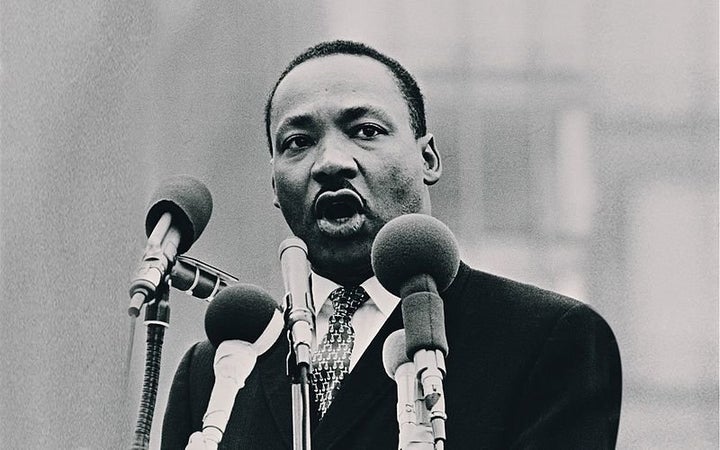
Civil rights leader and preacher Dr. Martin Luther King Jr. had a dream -- not only that black Americans would be granted full equality but that all people, regardless of race, religion or creed, would have the right to life and liberty. King is perhaps best known for promoting nonviolence and peaceful resistance as avenues for human rights activism, frequently putting his own life on the line by demonstrating, organizing and speaking out against bigotry and discrimination.
“Injustice anywhere is a threat to justice everywhere,” King famously said in his 1963 Letter from a Birmingham Jail. “We are caught in an inescapable network of mutuality, tied in a single garment of destiny. Whatever affects one directly, affects all indirectly.”
In 1964 at just 35 years old, King became the youngest person at the time to win the Nobel Peace Prize. In his acceptance speech, he championed “unarmed truth and unconditional love” as the ultimate victors in history. King was assassinated in 1968 at the age of 39.
Rev. Mineo Katagiri
Rev. Mineo Katagiri was a United Church of Christ minister who fought for minority rights. He was born in Hawaii to parents of Japanese ancestry, and experienced discrimination during World War II. After moving to Seattle in 1959, he acted as an advocate and defender of the city’s gay community. He later founded the Asian Coalition for Equality, which brought Asian Americans together to campaign against intolerance and joined with African Americans who were also seeking equality.